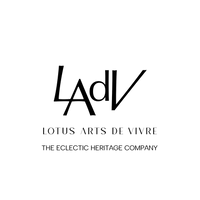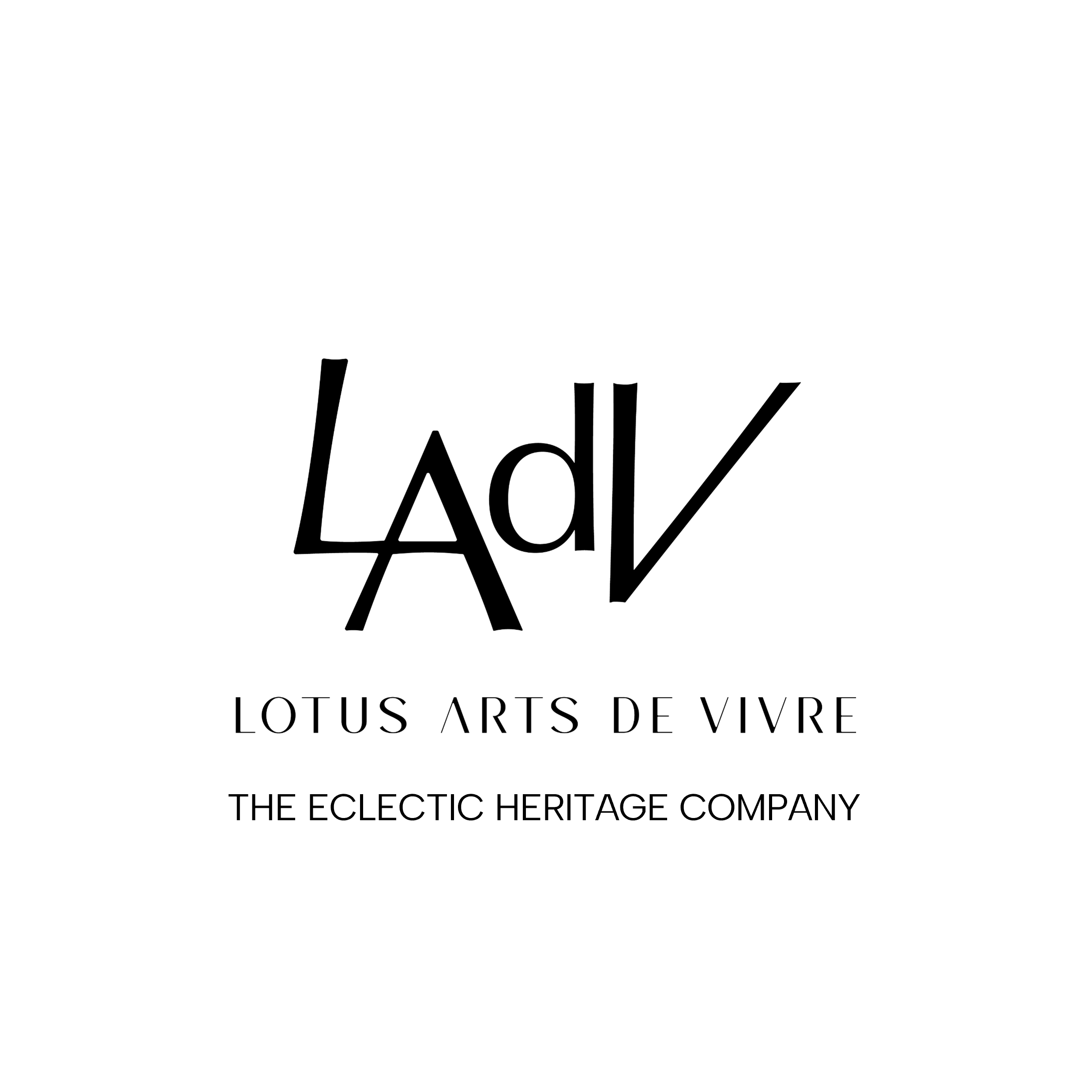Forty years have passed in the blink of an eye, and here we are, still trying to recapture the dream as we have been doing from the start.
What is this dream, you may ask? Imagine the joy of a little boy—me—in a cold country, made increasingly chilly as the result of a lost world war and the terrible fall out it had on Germany and on the mind of its inhabitants.
That little boy found solace through images on advertising cards that came with the purchase of butter, and these images made him dream about the tropics, about men with four arms and beings with a human body and the head of an elephant.
Fifteen years later, that young boy—now grown up—landed in Thailand as the representative of a big German chemical company, and suddenly many of the early dreams became reality. Those exotic dreams of the mythical and fantastical were consolidated in a company called Lotus Arts de Vivre which was founded to chase those dreams.
Looking back through history, it was actually a dream of many generations of Europeans which started with the landing of the Portuguese explorer Vasco da Gama in India in 1497. In Thailand, my frugal European sensibilities were bombarded—quite pleasantly, I must say—by the abundance of nature and imagery available here. A rain forest in Thailand or Southeast Asia contains in one or two hectares as many plants as the whole of Europe, just to give one example. The multi-arm gods and elephant heads were everywhere. My mind was constantly racing; how could I combine my sober German practicality and the Thai flair and fantasy? How could I bring together the cold and the hot, the frugal German customs and the abundance of Thai nature? How could I show the contrast between the rigid gothic German cathedral and the colourful and glittery Thai temple?
The western world called the collections of eastern artefacts and art objects accumulated during the 15th and 16th centuries, Wunderkammer, or Chamber of Wonders, and that is what appeared to me during the initial years of my stay in Thailand. I remember feeling to be proud to be a man when I visited Angkor Wat in 1964. What an experience it was to see the temples, and the many snakes, among the ruins! I imagine those snakes were probably later eaten by the Khmer Rouge because they had disappeared by the time I went back there again years later!

Thus Lotus Arts de Vivre was born from this sense of wonder, taking advantage of the many available materials home to the East and to Thailand, and the artisanal skills of the Thai hands, to produce the “dreams” and feed the hungry German and western eyes with items that they knew only from the books and films. We were able to indulge in the abundance of artistic assets available in Thailand, from the skilled traditional craftsmanship of the SUPPORT Foundation and the Chang Sip Mu or Department of Ten Crafts. We were overwhelmed by the theatricality of Eastern mythology—Hindu images with four arms or an elephant head on a human body which are just mind-blowing for the western audience. Combining the two, we created the Theatre of Indulgence, as we like to call ourselves.
The company grew organically. We didn’t start off trying to be a commercial enterprise; it was just the enjoyment of working with the local old masters and convincing them to give us a little bit of their past and incorporating something new that we were suggesting to them in terms of design. It has turned out to be a two-way street, where we have helped create a livelihood for these skilled artisans, and we have also been enriched by them. What we gained from this collaboration was excitement and success.
We have managed to create what people don’t have except in their imagination, and we have made it real. We have enhanced it with the German technology and quality standards, making all our products outstanding and unique. We have continued on that path, using the Thai artistic genius to produce items which are admired and are the subject of conversation at dinner parties everywhere around the world.

Who could have imagined when we started that I would be invited as a guest designer by Her Majesty Queen Sirikit, The Queen Mother, to participate at her annual Silk Festival in Sakon Nakhon, or join an exhibition of SUPPORT Foundation masterpieces, and a fashion show by Thai designers in Paris, also presided over by Her Majesty? Who would have imagined that we would be collaborating with Princess Luciana Pignatelli of Italy to create a series of stunning jewellery collections?

We were also honoured to enjoy a close relationship with Maharani Gayatri Devi, Rajmata of Jaipur, the legendary Indian beauty and fashion icon who was once listed among the Top Most Beautiful Women by Vogue magazine. The Rajmata presided at the opening of many of our exhibitions. And we cannot mention Princess Michael of Kent without talking about the link between her autobiography, “A Cheetah’s Tale”, and our own collection of cheetah-inspired art objects.

Just as we were a bridge between East and West at the start of our enterprise, I think we will continue to be a bridge from the past into the future. The challenges have changed since the early days; today there are far more limitations in terms of material, people, time. All those things that were taken for granted in the past are not available in the same way—large sea shells, Mogok rubies from Burma, good quality jade. The new concern for sustainability and the environment fits well with our philosophy since we also revitalize old artefacts and wood, giving them a new life and form. And a new generation is ready to carry on the legacy into the future, to ensure that the dream of that young boy in war-torn Germany continues to be fulfilled.


 My Account
My Account


